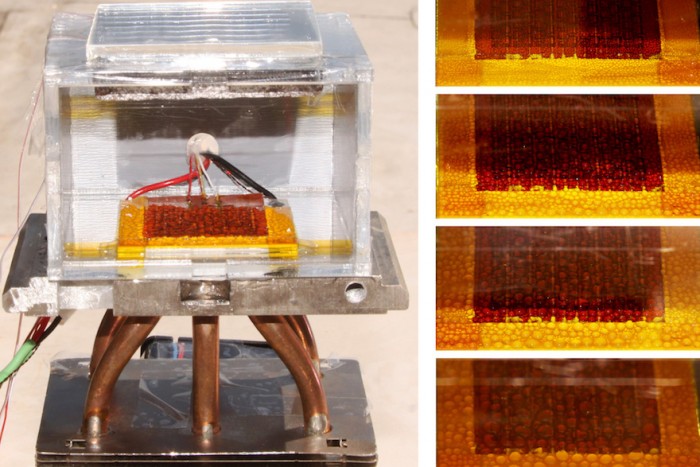
Scientists Discover Method To Make Water Out Of Air
- by numadmin

Earth is becoming increasingly polluted every day. With every batch of non-disposable plastic, every forest fire, every oil spill, and every act of deforestation, humans are making their home more and more inhabitable. As a result of the ever-increasing population, scientists are under a great burden to create new methods or explore avenues to make the resources available to each one of us. For a long time, a lot of them have been trying to make water for drinking purposes.
Scientists at John Hopkins Applied Physics Laboratory have explored methods of using highly absorbent materials to capture drinking water from the air. A team from APL’s Research and Exploratory Development Department led by Matthew Logan, Zhiyong Xia, and Spencer Langevin published a description of their research on the January 30th edition of Scientific Reports. Their research is based on Metal-Organic-Frameworks (MOFs), a material that has the largest known surface area per gram. The sponge-like material can capture and store compounds like water. Their large surface area enables them to absorb more molecules.
While the experiments have yielded promising results, more research is required to make the results fast and efficient.
“Initial experiments have proved that the concept can work,” said Xia. “But the problem has been capacity. Other research teams have been able to produce as much as about 1.3 liters of water per day per kilogram of sorbent under arid conditions — enough only for one person. To create an optimal water-harvesting device requires a better understanding of the structure-property relationship controlling absorption and delivery.”
“We identified a MOF that could produce 8.66 liters of water per day per kilogram of MOF under ideal conditions, an extraordinary finding,” Xia said. “This will help us deepen our understanding of these materials and guide the discovery of next-generation water-harvesting methods.”
APL continues to take the humanitarian side. The scientists are still looking for more cost-effective and efficient methods. It is imperative that their research reaches out to people who actually need it.
“Our scientists’ and engineers’ collective strengths and expertise in materials and chemistry have positioned APL to make extraordinary impact and invent the future of clean drinking water for deployed warfighters, as well as for citizens around the world,” said Ally Bissing-Gibson, APL’s Biological and Chemical Sciences program manager. “We look forward to saving the planet, one drop at a time.”
Earth is becoming increasingly polluted every day. With every batch of non-disposable plastic, every forest fire, every oil spill, and every act of deforestation, humans are making their home more and more inhabitable. As a result of the ever-increasing population, scientists are under a great burden to create new methods or explore avenues to make…
